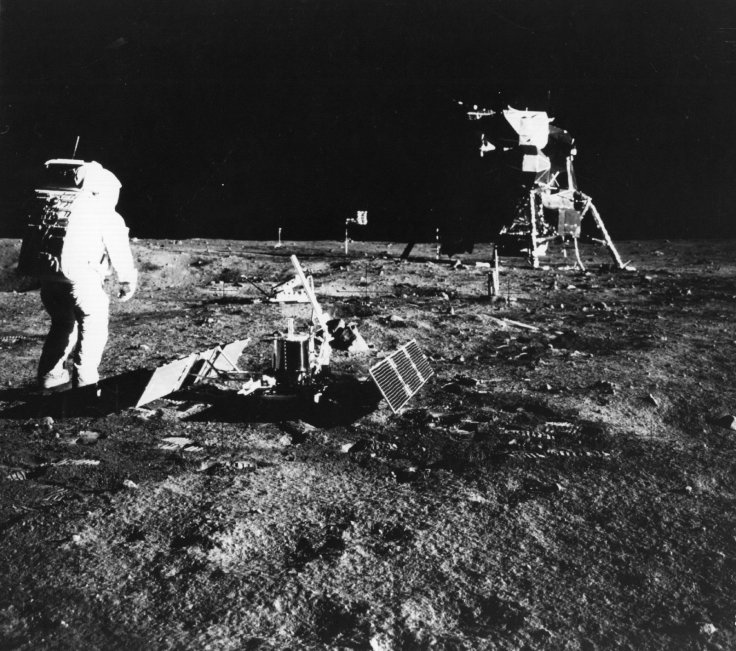
The European Space Agency (ESA) is apparently planning to begin mining on the moon by 2025. As NASA and the China National Space Administration (CNSA) are already planning for their upcoming lunar mission, such a move by ESA indicates that they are also joining the space race.
The agency is now studying the prospects of its 2025 mission and they are busy setting up robotic equipment to initiate the mining process. Experts at ESA believe that the regolith present in the lunar surface might be rich in minerals, and it may even help experts to make rocket fuel in the future.
To materialize this mission, ESA is planning to work with ArianeGroup, a Europe-based aerospace company that has the capability to carry equipment needed to conduct the mining operation. The agency believes that the Ariane 64, the ArianeGroup launch vehicle, will help to carry the necessary materials and equipment to the lunar surface.
"The use of space resources could be a key to sustainable lunar exploration and this study is part of ESA's comprehensive plan to make Europe a partner in global exploration in the next decade - a plan we will put to our Ministers for decision later this year at the Space19+ Conference," said David Parker, the director of Human and Robotic Exploration at the ESA in a recent press release.
Recently, the Chinese space agency had landed their Chang'e-4 moon mission on the lunar surface and they even sprouted a cotton seed on the dark side of the moon. Unfortunately, the sprouted seeds were quickly frozen to death due to the frozen conditions.
The temperature on the natural satellite or earth usually plummets during the night time and near the moon's equator, it falls to -150 degree Celsius.









